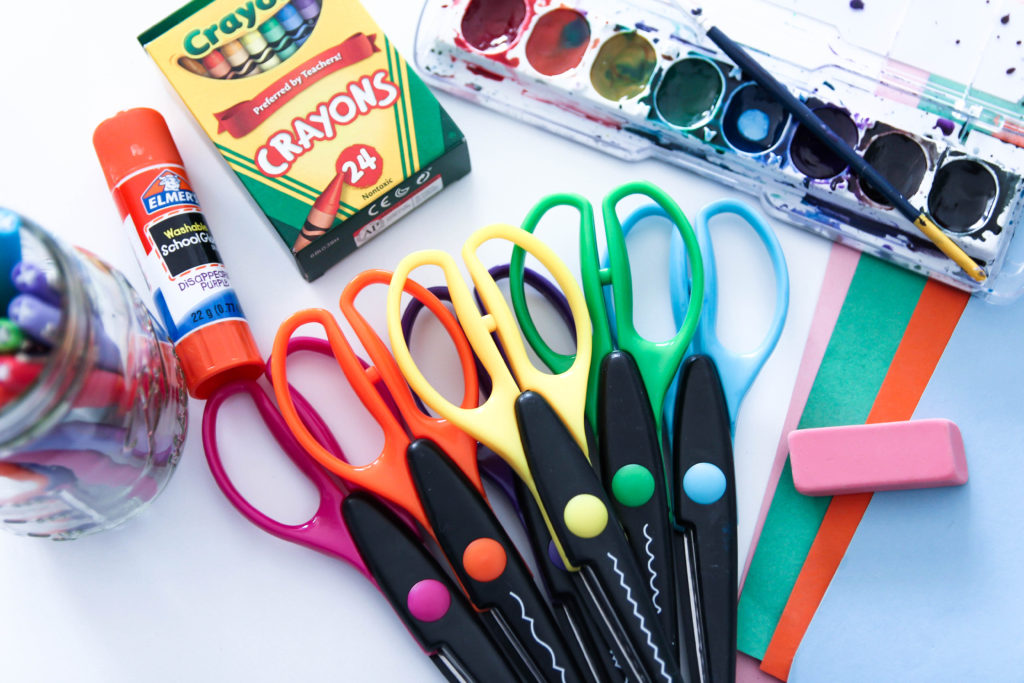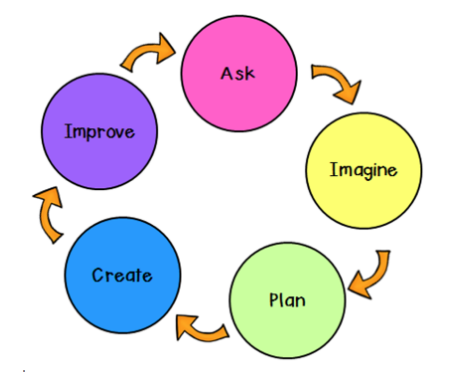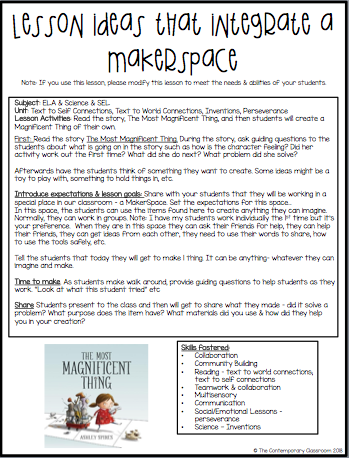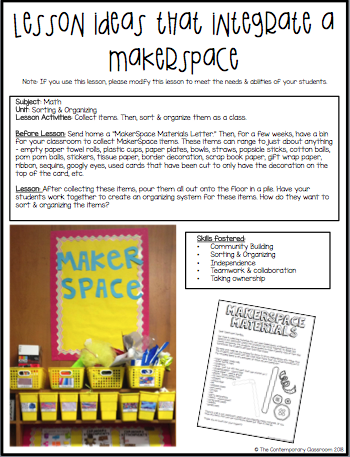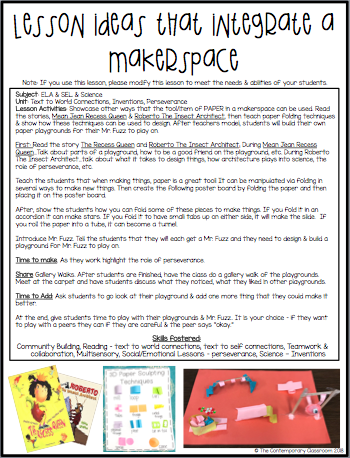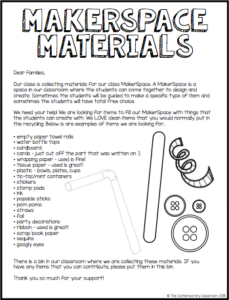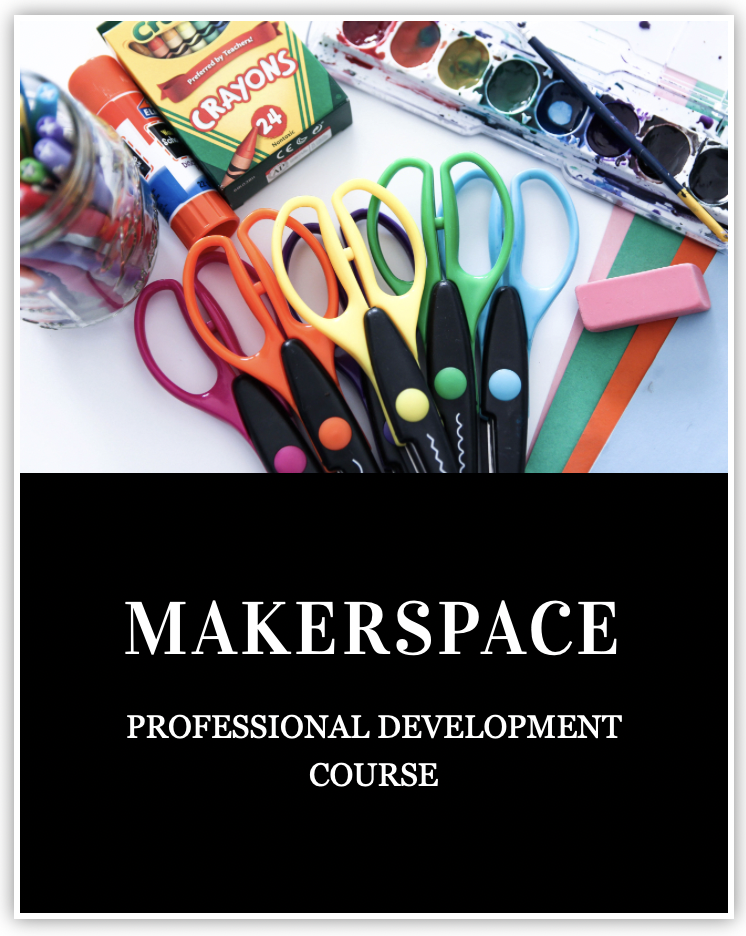You've already done the first step!
Next up, tell us how you plan on trying out MakerSpace in your classroom and then let us know how it goes!
Just be sure to officially sign up for our MakerSpace course so that we can keep track of the communication and send you a certificate for your hard work!
We know for a teacher like you, someone who seeks out the best instructional strategies to use in their classroom –
you’re already planning on doing these steps anyways, so you might as well earn some professional development credits for it!
